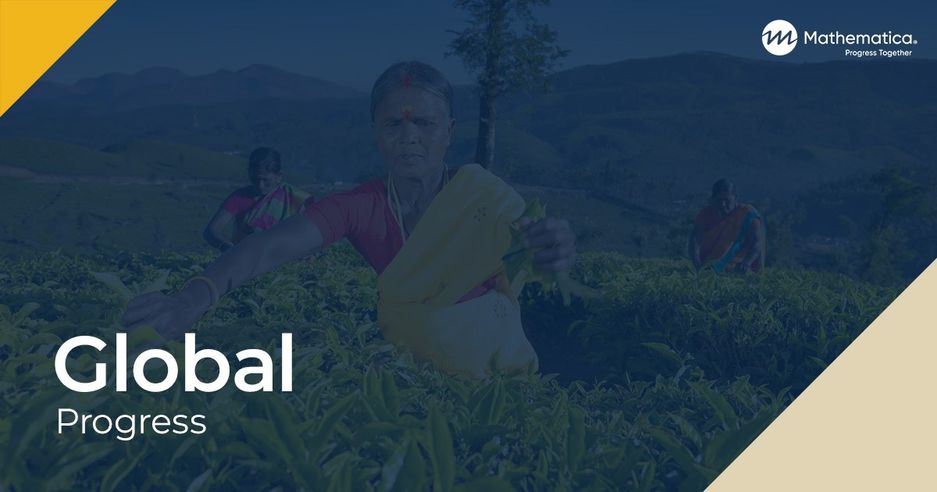Effects of High Temperature and Heavy Precipitation on Drinking Water Quality and Child Hand Contamination Levels in Rural Kenya
Download
Climate change may impact human health through the influence of weather on environmental transmission of diarrhea. Previous studies have found that high temperatures and heavy precipitation are associated with increased diarrhea prevalence, but the underlying causal mechanisms have not been tested and validated. We linked measurements of Escherichia coli in source water (n = 1673), stored drinking water (n = 9692), and hand rinses from children <2 years old (n = 2634) with publicly available gridded temperature and precipitation data (at ≤0.2 degree spatial resolution and daily temporal resolution) by the GPS coordinates and date of sample collection. Measurements were collected over a 3-year period across a 2500 km 2 area in rural Kenya. In drinking water sources, high 7-day temperature was associated with a 0.16 increase in log 10 E. coli levels (p < 0.001, 95% CI: 0.07, 0.24), while heavy 7-day total precipitation was associated with a 0.29 increase in log 10 E. coli levels (p < 0.001, 95% CI: 0.13, 0.44). In household stored drinking water, heavy 7-day precipitation was associated with a 0.079 increase in log 10 E. coli levels (p = 0.042, 95% CI: 0.07, 0.24). Heavy precipitation did not increase E. coli levels among respondents who treated their water, suggesting that water treatment can mitigate effects on water quality. On child hands, high 7-day temperature was associated with a 0.39 decrease in log 10 E. coli levels (p < 0.001, 95% CI: −0.52, −0.27). Our findings provide insight on how climate change could impact environmental transmission of bacterial pathogens in Kenya. We suggest water treatment is especially important after heavy precipitation (particularly when preceded by dry periods) and high temperatures.
How do you apply evidence?
Take our quick four-question survey to help us curate evidence and insights that serve you.
Take our survey
